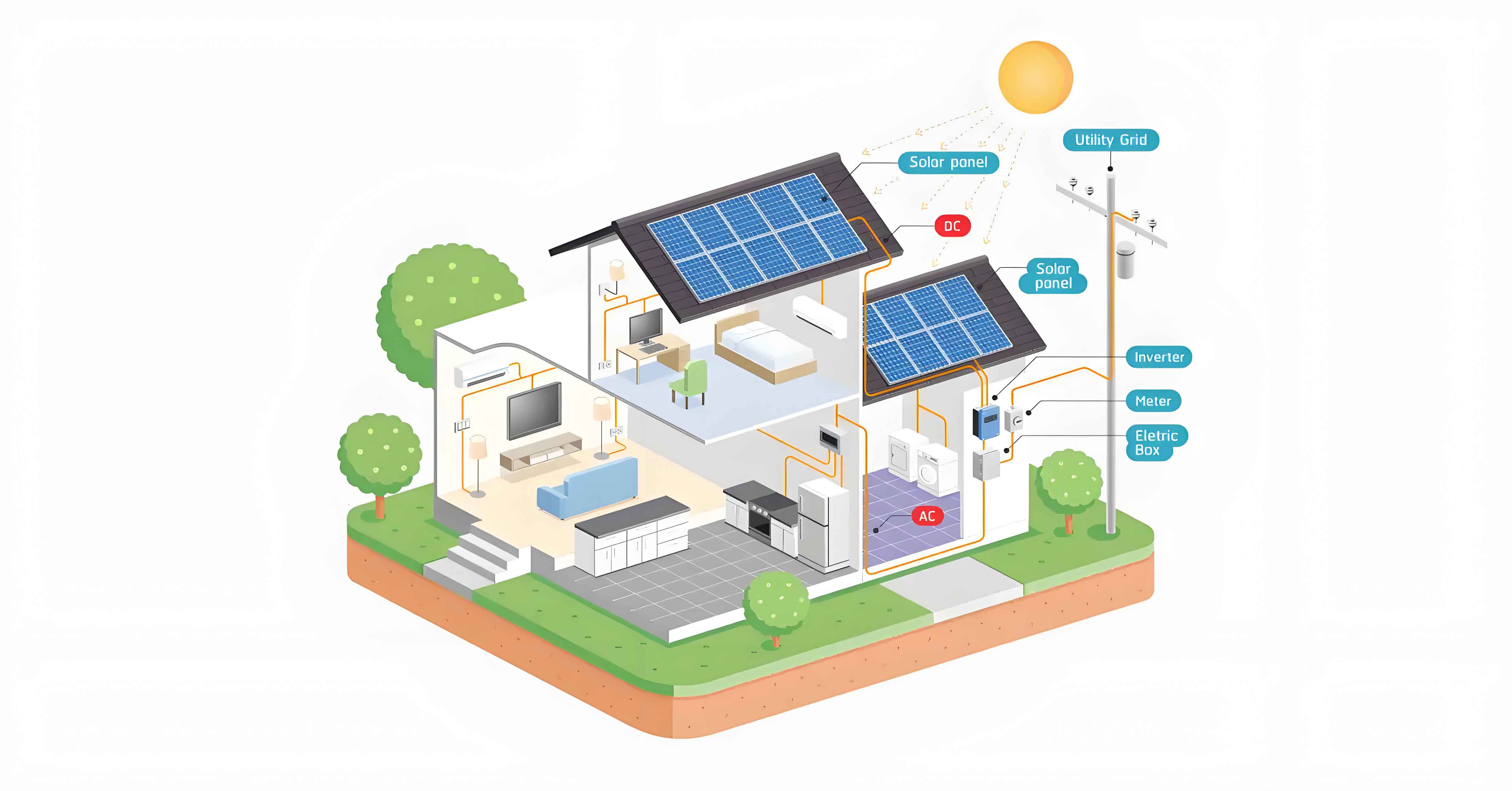Solar energy has emerged as a critical component in the transition towards sustainable energy solutions. As solar panel technology continues to advance and costs decline, the economic impact of solar energy on the global energy market becomes increasingly significant. This article explores the various economic implications of solar energy, highlighting its influence on energy prices, job creation, investment opportunities, and the overall energy landscape.

Declining Costs and Increased Adoption of Solar Panels
Cost Reductions in Solar Panel Manufacturing
One of the most remarkable trends in the solar energy sector is the consistent reduction in the cost of solar panel manufacturing. Advances in materials, production techniques, and economies of scale have driven down prices, making solar panels more affordable for consumers and businesses alike.
Cost Trends in Solar Panel Manufacturing:
| Year | Average Cost per Watt |
|---|---|
| 2010 | $3.50 |
| 2015 | $1.50 |
| 2020 | $0.68 |
| 2023 | $0.50 |
Increased Adoption of Solar Panels
The decline in solar panel costs has led to widespread adoption across various sectors, including residential, commercial, and industrial applications. Governments around the world have implemented incentives and subsidies to encourage the installation of solar panels, further boosting their adoption.
Key Factors Driving Solar Panel Adoption:
- Government incentives and subsidies
- Declining costs of solar panel technology
- Growing environmental awareness
- Advancements in solar panel efficiency
Economic Benefits of Solar Energy
Job Creation and Economic Growth
The solar energy sector has become a significant source of job creation, contributing to economic growth in many regions. The installation, maintenance, and manufacturing of solar panels require a skilled workforce, leading to the creation of numerous jobs.
Employment Impact of Solar Energy:
| Sector | Jobs Created |
|---|---|
| Solar Panel Manufacturing | 150,000 |
| Installation and Maintenance | 200,000 |
| Research and Development | 50,000 |
| Sales and Distribution | 30,000 |
Energy Price Stabilization
Solar energy contributes to the stabilization of energy prices by providing a renewable and reliable source of power. Unlike fossil fuels, which are subject to price volatility due to geopolitical factors and supply-demand fluctuations, solar energy offers a more predictable and stable cost structure.
Advantages of Solar Energy for Price Stabilization:
- Reduced dependency on fossil fuels
- Lower susceptibility to geopolitical tensions
- Predictable and stable energy costs
Investment Opportunities in Solar Energy
Growth of Solar Energy Investments
The economic impact of solar energy is also evident in the surge of investments in the sector. Investors are increasingly recognizing the potential of solar energy to deliver long-term returns, driven by technological advancements and supportive government policies.
Investment Trends in Solar Energy:
| Year | Investment in Solar Energy (Billion USD) |
|---|---|
| 2010 | 50 |
| 2015 | 150 |
| 2020 | 250 |
| 2023 | 350 |
Public and Private Sector Involvement
Both public and private sectors have played crucial roles in the growth of solar energy investments. Governments provide funding for research and development, while private companies invest in large-scale solar panel installations and new technologies.
Examples of Major Investments:
- Government grants for solar energy research
- Private equity in solar farms
- Corporate investments in rooftop solar panels
Environmental and Social Benefits
Reduction in Carbon Emissions
The adoption of solar energy significantly reduces carbon emissions, contributing to the fight against climate change. Solar panels generate electricity without emitting greenhouse gases, unlike conventional fossil fuel-based power plants.
Carbon Emissions Comparison:
| Energy Source | Carbon Emissions (gCO2/kWh) |
|---|---|
| Coal | 820 |
| Natural Gas | 490 |
| Solar Panels | 20 |
Energy Access and Equity
Solar energy also promotes energy access and equity, particularly in remote and underserved regions. Solar panel systems can be deployed in areas without access to traditional power grids, providing clean and affordable electricity to communities that previously relied on expensive and polluting energy sources.
Benefits of Solar Energy for Remote Areas:
- Off-grid solar panel systems for rural electrification
- Reduced reliance on diesel generators
- Improved quality of life through reliable energy access
Challenges and Future Prospects
Addressing Intermittency and Storage
One of the main challenges facing solar energy is its intermittency. Solar panels only generate electricity when the sun is shining, which requires effective energy storage solutions to ensure a consistent power supply.
Solutions to Solar Energy Intermittency:
- Development of advanced battery storage technologies
- Integration of solar panels with other renewable energy sources
- Smart grid technologies for efficient energy distribution
Future Innovations and Opportunities
The future of solar energy is promising, with continuous innovations on the horizon. Researchers are exploring new materials and technologies to further enhance the efficiency and affordability of solar panels. Additionally, the integration of artificial intelligence and the Internet of Things (IoT) offers opportunities for optimizing solar energy systems.
Potential Future Innovations:
- Quantum dot solar cells for higher efficiency
- Perovskite-silicon tandem solar panels
- AI-driven predictive maintenance for solar panel systems
In conclusion, the economic impact of solar energy on the global energy market is profound. From reducing energy costs and stabilizing prices to creating jobs and driving investments, solar energy is reshaping the energy landscape. As technology continues to advance and adoption rates increase, the role of solar energy in the global economy will only become more significant, paving the way for a sustainable and prosperous future.
